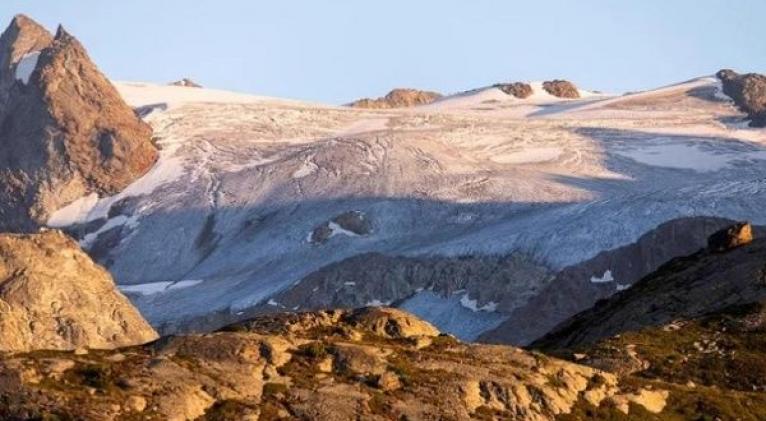Italy's Glaciers at Risk of Permanent Disappearance
especiales

The iconic snow-covered peaks of the Italian Alps are facing an imminent and irreversible disappearance, according to recent research.
Research conducted by the University of Milan, Greenpeace, and the Italian Glaciological Committee has projected that by 2060, at least 80 percent of Italy's glaciers will vanish.
If proven accurate, the repercussions could extend to prolonged and intensified droughts, hurt agriculture in the region, speed up climate change, impact the winter sports industry, and notably alter mountain landscapes.
"It's almost unavoidable that all or most of Italy's glaciers, like the glaciers in many parts of the world, will disappear for good over the next 40 years. There are things we can and should do to slow the process. But the outlook is bleak," said Claudio Smiraglia, a glaciologist who partook in recent high-altitude expeditions to study Italy's glaciers.
Italy currently has about 900 identified glaciers, though Smiraglia emphasized the thickness and coverage of glaciers over the quantity, citing the example of the Forni Glacier in northern Italy, which he has been studying for 50 years. The glacier has been reduced to half its former size, and has split into three smaller glaciers since 2015.
"The Forni glacier is much less impressive than it once was. What is left of Italy's glaciers are small. If a 10-square-km glacier is large by Italian standards, there are fewer than five of them left," Smiraglia said.
Rising global temperatures have negatively impacted Alpine regions for decades, while the last two summers were particularly hard on Italy's mountain regions, given prolonged heatwaves that have hastened glacier melting.
Earlier this month, scientists calculated that the "zero point" was at 5,328 meters above sea level -- a European record, far above Italy's Novara Cameri radio-sounding station, indicating that all of Italy's glaciers, located below this level, were melting.
Research conducted this year by Padua University and the Italian Glaciological Committee showed that the Marmolada Glacier, which partially collapsed last year, has diminished to half its size from 2000 and a quarter of its size from 1900.
In addition to changing mountain landscapes, disappearing glaciers also heighten the probability of droughts, affect local farmers' water supply, and intensify temperature increases.
"It's hard to say which does more damage between the unusually hot summers that melt the glaciers or the warmer and dryer winters that fail to replenish them," Smiraglia said.














Add new comment